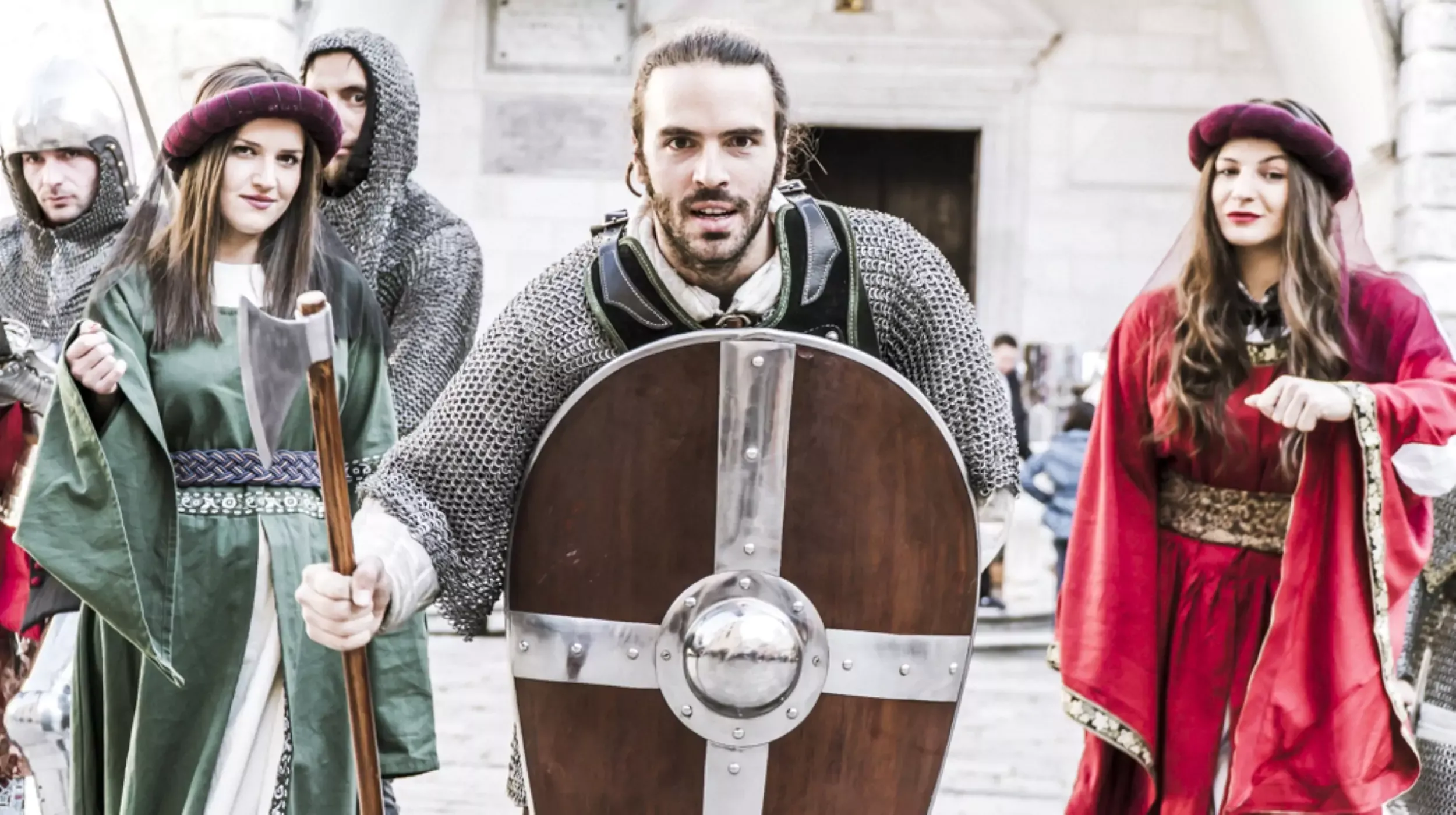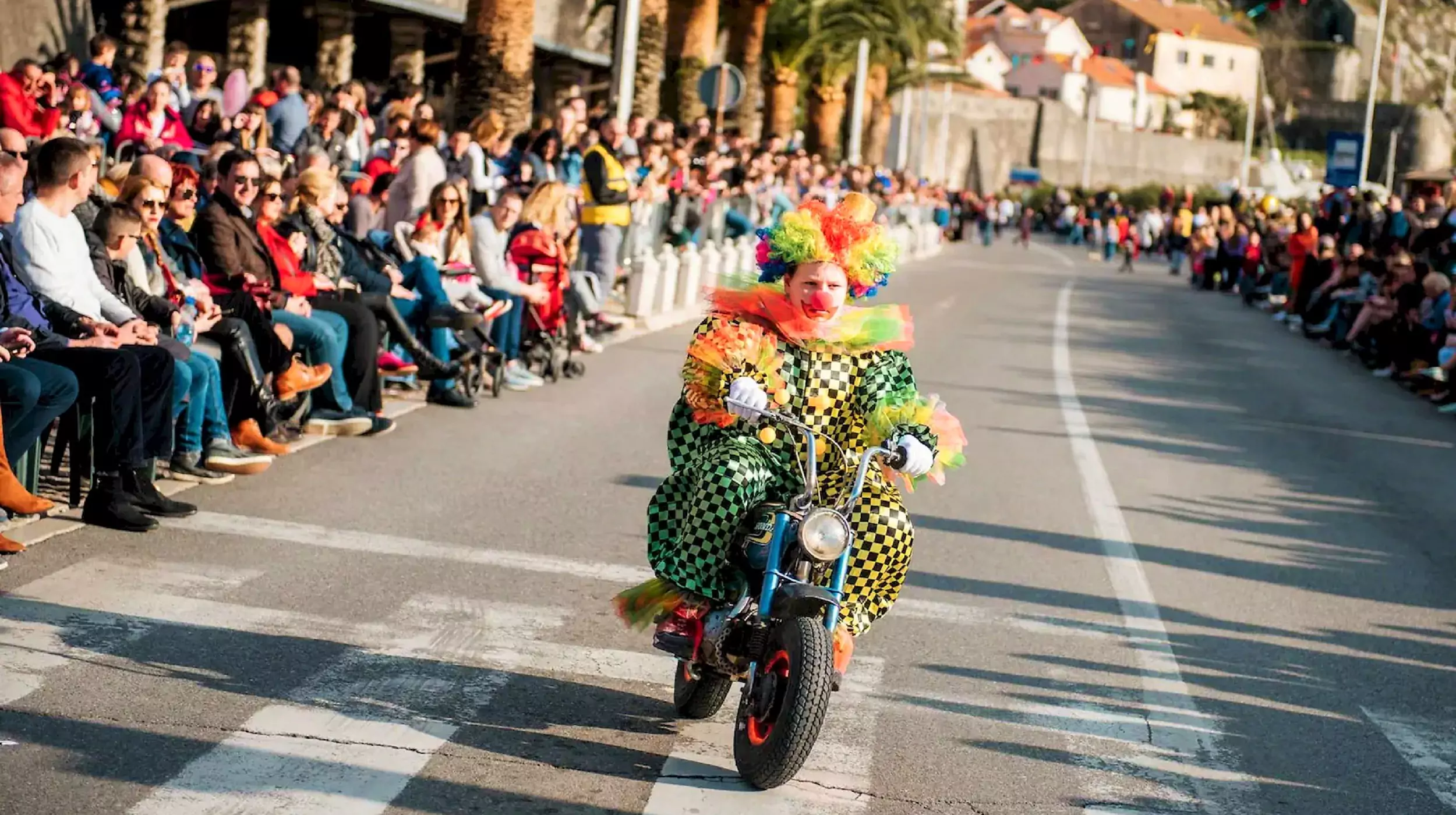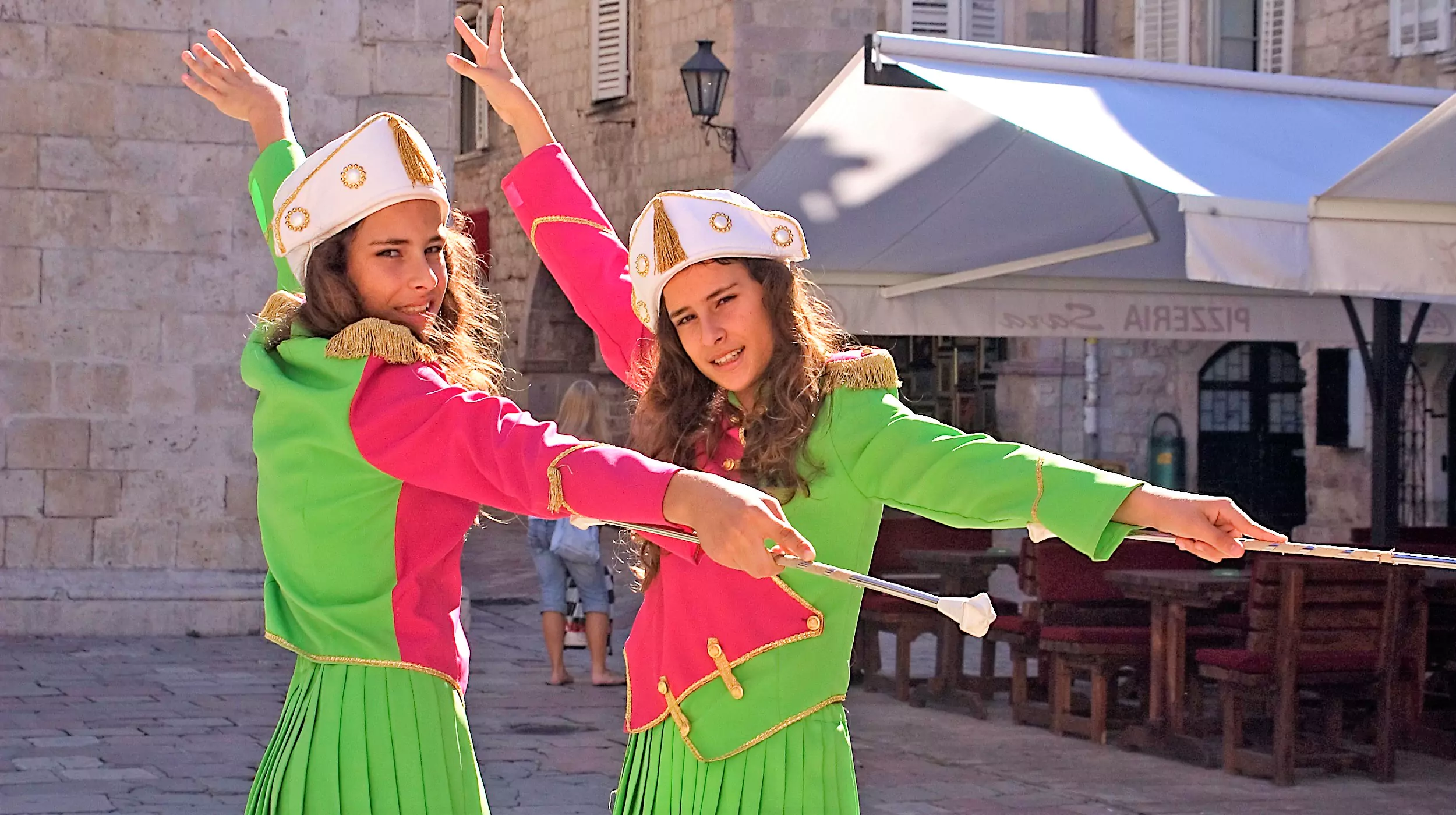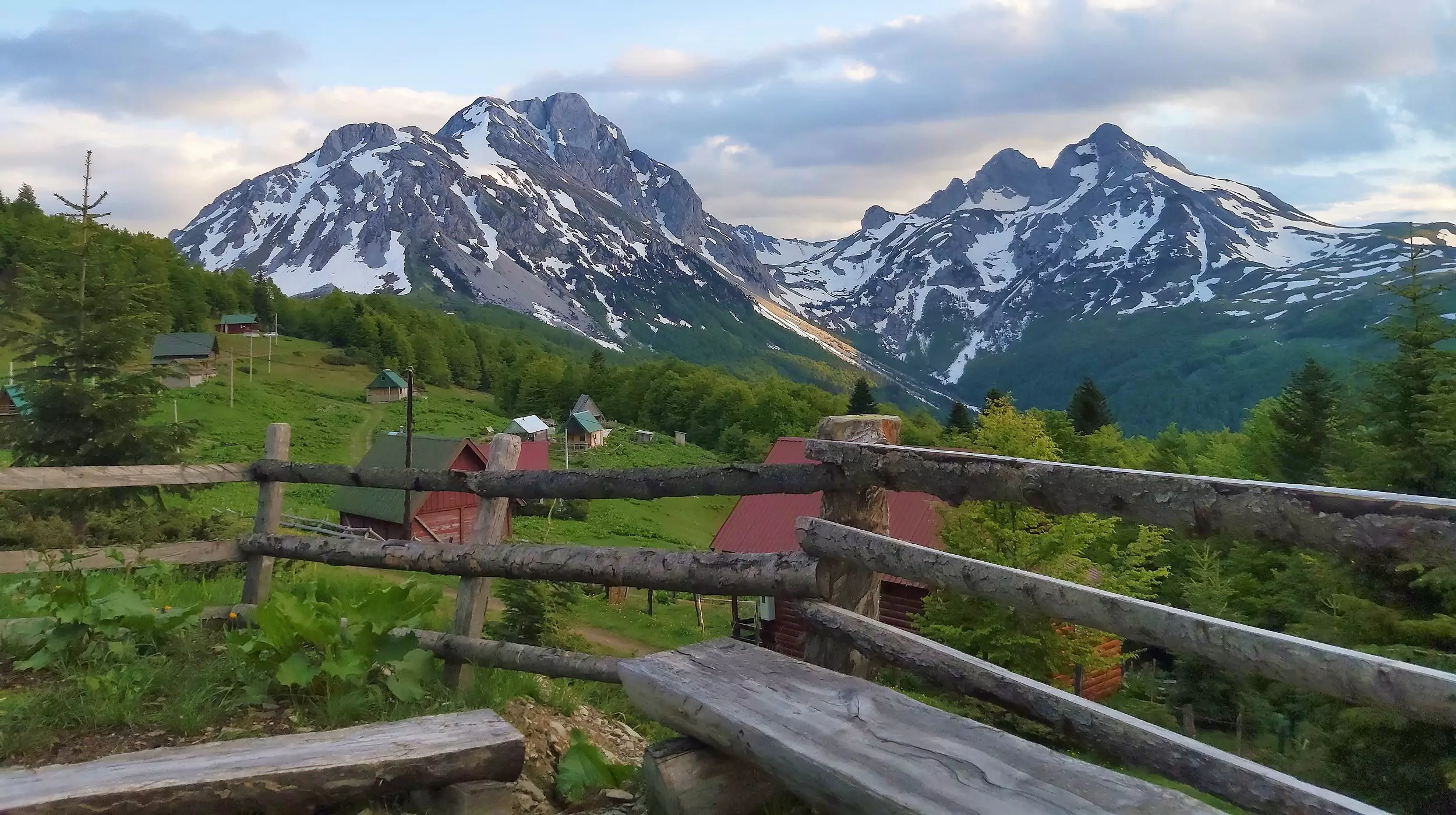Montenegro's history & traditions
Take a tour through our history and traditions by watching parades of individually decorated boats compete in the waters of the Bay of Kotor, or by sampling local wine and common bleak fish at the Virpazar festival. Or maybe you would enjoy attending the royal court in Cetinje or witnessing the traditional kolo dance unique to Montenegro, the Crnogorsko oro!
Montenegro's history & traditions
Quick overview:
Seasons
Best fit
Facts:
Montenegro is a multi-religious and multi-ethnic country.
The Illyrian tribes were the first known ethnic groups (between the 5th and 2nd centuries BC)
Following the Illyrians, this area became a part of imperial Rome and its Prevalis province.
Following the fall of the great Roman Empire, the province of Prevalis became a part of Byzantium (6th century occupied by the Slavs)
The first state organization was conceived in the 9th century, and from the end of the 10th century, during the reign of Prince Vladimir, it became known as the Slavic Duklja, which was renamed Zeta in the 11th century.
It became a kingdom during the Vojislavljević dynasty (11th – 12th century).
It was the world's 27th independent state when it gained international recognition as an independent state on July 13, 1878.
From 1910 to 1918, Montenegro was its own kingdom.
Montenegro regained its independence and became an internationally recognized state on May 21, 2006.




